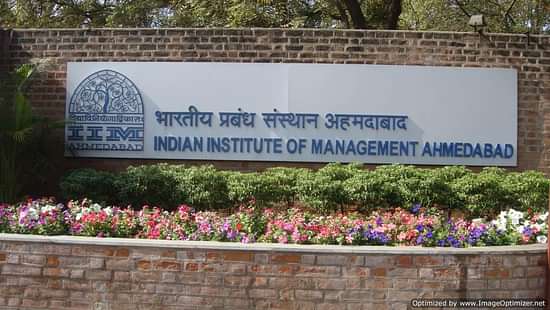
The Punjab prisons department has tied up with The Indian Institute of Management (IIM) Ahmedabad to carry out a six months study in Punjab jails as to find out reasons for the high number of detentions in Punjab and to suggest ways to modernize these jails.
There are 26 jails in the state with a capacity of nearly 19,000 jail inmates, but were housing over 26,000 inmates according to a data compiled by the Punjab jails department by the end of July.
Of these, as many as 8,513 were undertrials and 3,787 were convicted under Narcotics Drugs and Psychotropic Substances (NDPS) Act. Faced with the criticism over the drug menace among the youth, the state government has launched a crackdown to curb it.
The other inmates lodged in state jails, include 6,597 convicts and 6,911 undertrials for other offences, 113 civil prisoners and 98 foreign nationals.
After completion of the studies, they would suggest “pragmatic and implementable” solutions to improve the existing processes in jails of Punjab.
While Punjab prisons department will pay Rs 22 lakh towards the expenses incurred during the study. Right now the study has begun in Patiala and Ludhiana jails.
On last February Punjab prisons department signed a Memorandum of Understanding (MoU) having a validity of a year-and-half with the IIM Ahmedabad for the study.
Besides studying the reasons for the high number of apprehensions and detentions in Punjab “in light of changed socio-economic environment and techno-political environment review”,
The study will carry out a comparative analysis of prison management in foreign countries and other states in the country to review and upgrade the system in Punjab.It will analyse the entire process from the reasons for overcrowding in prisons to the release of prisoners with a view to reduce overcrowding.
The study will also explore ways for better cell design and management. The products that are manufactured in Punjab jails are wooden furniture, handloom products, soaps and others.
The study will also suggest means to improve living and health conditions of the inmates, besides education opportunities in jails.


 Follow us
Follow us













